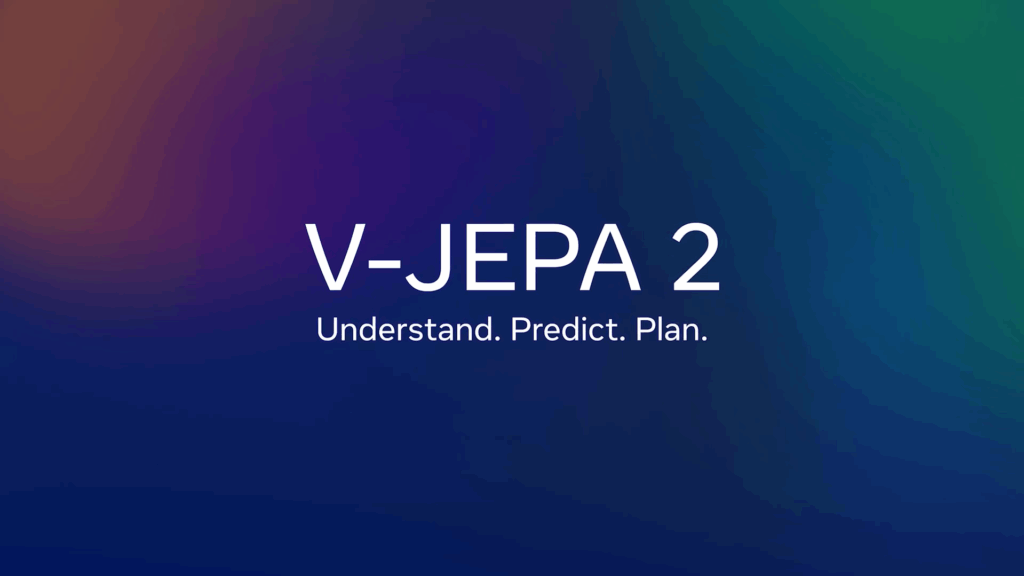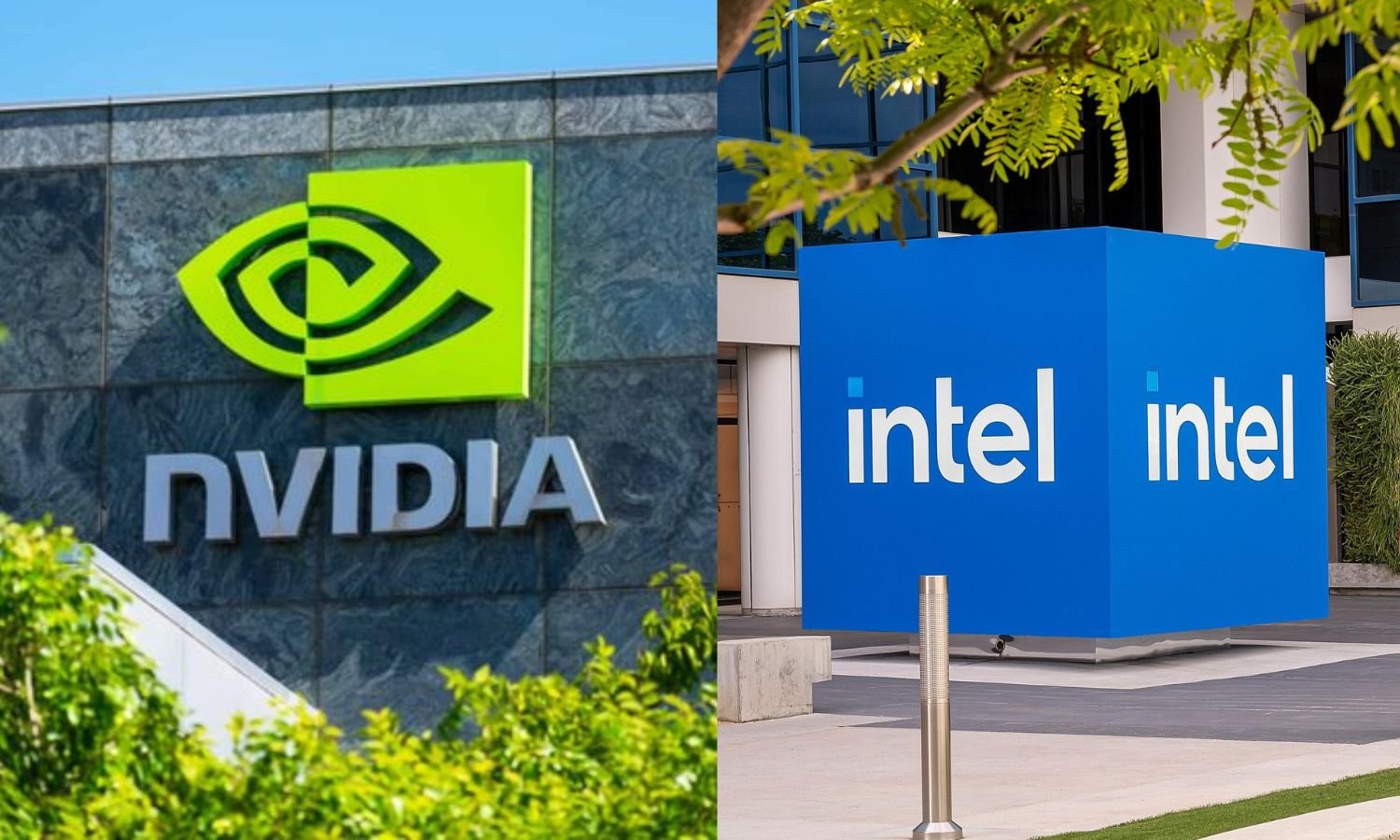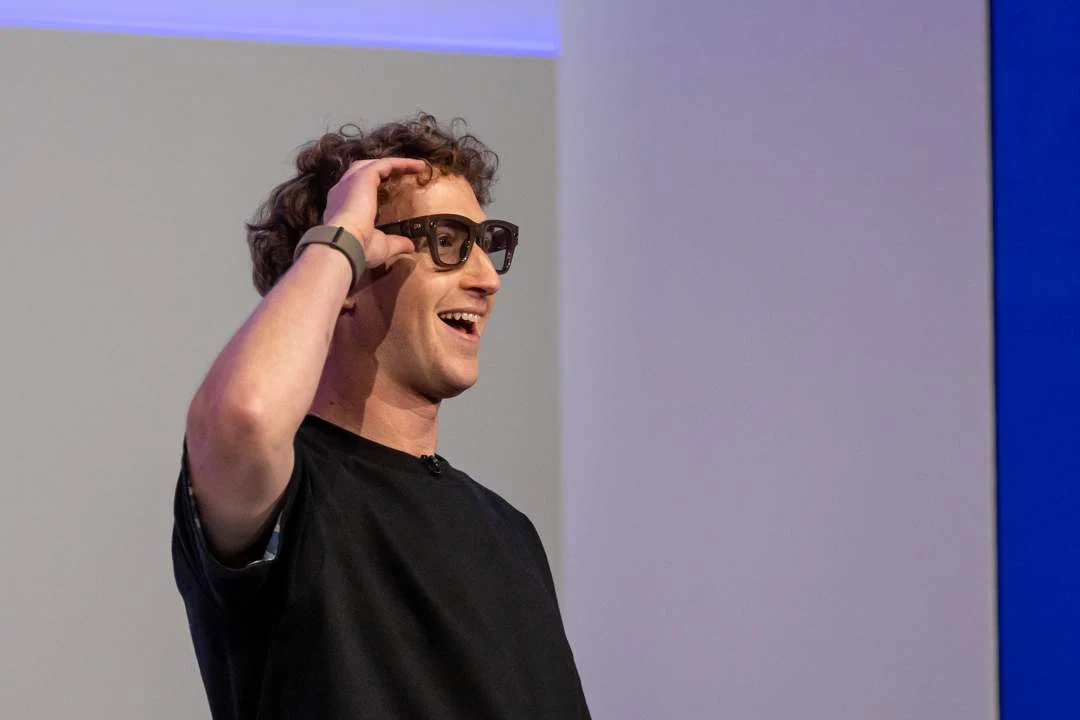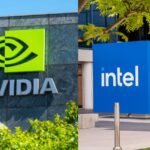Imagine an artificial intelligence system that doesn’t merely see—it understands, anticipates, and plans. Meta’s newest contribution to the frontier of embodied AI, V-JEPA 2, pushes the boundaries of what machines can learn simply by watching the world. Trained on more than a million hours of unlabeled video and fine-tuned with a modest 62 hours of robot-collected footage, V-JEPA 2 marks a significant shift in self-supervised learning and general world modeling.
This new world model is more than a vision encoder—it’s a simulation engine capable of learning intuitive physics, action consequences, and multi-modal reasoning across diverse tasks. It sets a new benchmark for how AI systems can understand and operate in dynamic, physical environments without task-specific supervision.
What is V-JEPA 2?
V-JEPA 2 (Video Joint Embedding Predictive Architecture 2) builds on Meta’s original JEPA framework and is designed as a self-supervised world model. Unlike conventional approaches that rely heavily on human annotations or domain-specific training, V-JEPA 2 leverages a masked modeling strategy to predict missing video segments in latent embedding space. This process helps the model learn about temporal structure, causality, and object dynamics in a computationally efficient way.
Key Features:
- Model Size: 1.2 billion parameters
- Pretraining Dataset: Over 1 million hours of unlabeled internet video
- Fine-tuning: 62 hours of robot-sensor data from the Droid dataset
- Architecture: Latent-space masked video model with optional action-conditioning
Unlike pixel-reconstruction models, V-JEPA 2 focuses on semantic and structural representation, making it significantly more efficient and generalizable for downstream tasks like robotic control, action prediction, and video question answering.
Architecture Overview
V-JEPA 2 comprises three main components:
- Masked Encoder: Masks out parts of the input video and encodes the visible portions.
- Predictor Transformer: Learns to predict latent features of the masked segments using contextual information.
- Decoder (optional): Used in action-conditioned settings to simulate how an environment will evolve based on chosen actions.
In the action-conditioned variant (V-JEPA 2-AC), robot control inputs are added to the model to guide its predictions, enabling the system to make goal-directed predictions—a foundational trait of intelligent agents.
Performance Across Benchmarks
Meta tested V-JEPA 2 across a wide variety of tasks to demonstrate its versatility and performance. Here’s a breakdown of its achievements:
Visual Understanding
- Something-Something V2: Achieves 77.3% top-1 accuracy, rivaling much larger models like VideoMAE V2.
- Diving48: Reaches 90.2% accuracy, setting new records in fine-grained motion classification.
Action Anticipation
- EPIC-Kitchens-100: Achieves 39.7% top-5 recall in predicting human actions, outperforming many purpose-built action models.
Video QA (Language Integration)
Paired with a frozen 8-billion parameter language model, V-JEPA 2 excels on:
- TempCompass: Temporal ordering and sequencing
- PerceptionTest: Visual commonsense reasoning
This combination enables multimodal inference, a key component of embodied AI agents that need to link vision and language.
Robotic Planning
Using model-predictive control (MPC) with V-JEPA 2-AC as the forward model, Meta tested real-world pick-and-place tasks with remarkable results:
- Zero-shot generalization: 65–80% success rate on novel objects and scenes
- No environment-specific retraining required
- Robust to lighting, texture, and object variation
This marks one of the strongest demonstrations of scalable, reusable world models in robotic manipulation.
Meta’s Open Benchmarks for World Modeling
To help standardize evaluation in this emerging domain, Meta introduced three new benchmarks targeting video-based physical and causal reasoning:
- IntPhys 2: Tests whether the model can detect physically implausible events (e.g., objects vanishing behind occluders).
- MVPBench: A fine-grained video QA task that challenges models to reason about subtle differences across near-identical videos.
- CausalVQA: Focuses on cause-effect reasoning from video sequences—essential for planning and prediction.
All benchmarks and model code are openly available via GitHub, encouraging community collaboration.
Why This Matters for the Future of AI
Self-Supervised and General-Purpose
V-JEPA 2 exemplifies the growing momentum behind self-supervised world models. These models don’t need expensive labels, task-specific engineering, or rigid training pipelines. They learn from raw data—just as biological systems do.
From Perception to Planning
Unlike traditional vision models that merely classify or detect, V-JEPA 2 plans actions based on its internal simulations. This end-to-end integration of perception and control is crucial for building general-purpose embodied agents.
Grounded, Scalable Intelligence
Because it predicts in embedding space, V-JEPA 2 is computationally efficient and scales well. It also generalizes across domains—from video QA to robotic manipulation—without specialized tuning.
Critical Perspective and Industry Impact
While the excitement around V-JEPA 2 is warranted, some in the AI community urge caution. Critics point out that while it offers impressive generalization, it is still:
- Focused on short time horizons (~16 seconds)
- Limited to 2D video inputs (real-world physics often requires 3D reasoning)
- Dependent on human-curated benchmarks that may not capture real-world complexity
Nonetheless, by releasing its code, weights, and benchmarks, Meta is pushing the field forward and inviting collective innovation.
This model could soon form the basis for next-generation virtual assistants, home robots, and interactive agents capable of navigating and reasoning through real-world environments.
What’s Next?
Meta has outlined several future directions:
- Extended planning horizons: Enabling longer-term prediction and hierarchical action sequences
- Language-goal integration: Aligning world models with linguistic commands and user goals
- Multi-sensory modeling: Incorporating audio, depth, and tactile feedback for richer world simulation
Each of these moves V-JEPA 2 closer to becoming a foundation for general embodied intelligence—a system that can learn, adapt, and act within its environment much like humans do.









